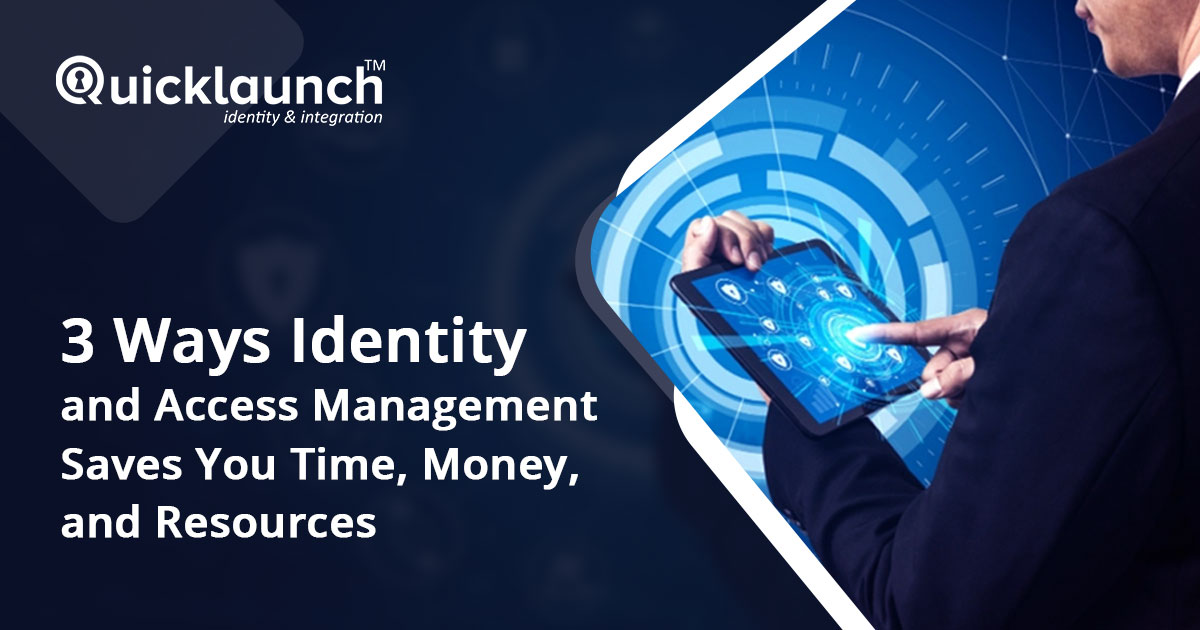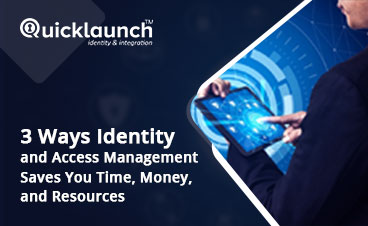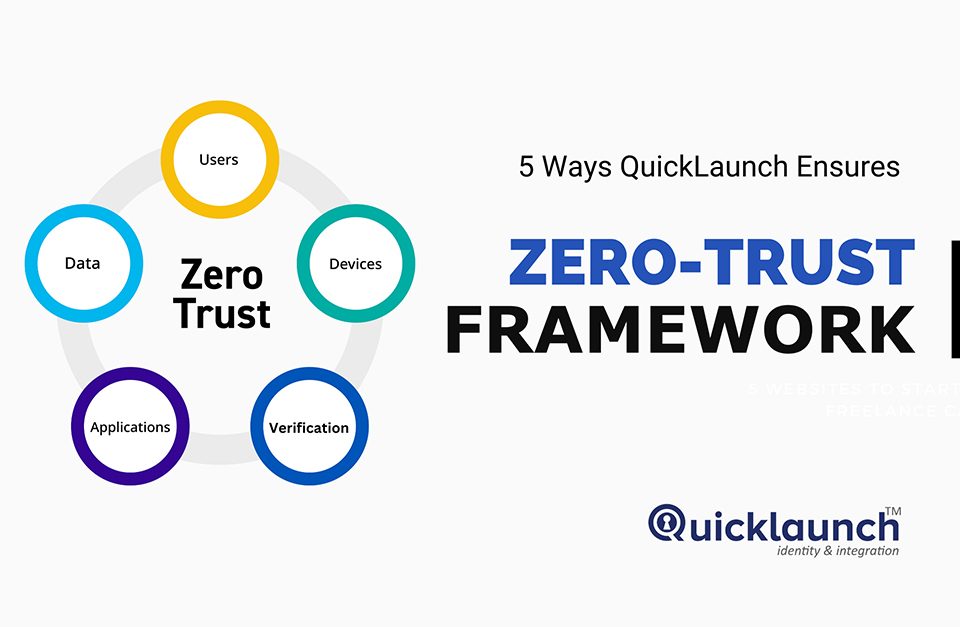

Top 5 Identity and Access Management Trends to Watch in 2021
February 24, 2022
7 Features to Look for while Choosing a Multi-Factor Authentication (MFA) Software
March 22, 2022
The COVID-19 pandemic has provided invaluable business continuity lessons to institutions of higher education. One of the key challenges facing higher education institutions right now is providing secure identity and access management (IAM) and remote learning environments to students, faculty, and staff.
According to UNESCO who conducted a global survey of the current situation of the higher education system, more than 220 million tertiary-level students have been affected by the pandemic. With the increase in devices, CIOs and IT administrators need to ensure the security and network infrastructure can support the increase in traffic. On top of the access challenges, the human element of using personal devices in home environments lacking the endpoint security solutions adds an additional layer of time, money, and resources to address the cyber risk.
Here we discuss how IAM saves you time, money, and resources in your higher education institution to secure remote access points for not only your students but also for staff and faculty.
Getting Started with Identity and Access Management (IAM)
The first step starts with considering these questions:- How are you planning to secure these remote access points?
- Is your current IT infrastructure capable of identifying breaches and unauthorized accesses or this question is still troubling you?
- What technology and resources will it take to implement this initiative in a timely fashion to see results?
The new normal means that IT and security teams will have to invest in new technology to protect user access to sensitive resources and data without impacting user productivity and business agility while keeping the operational costs down.
However, a surprising number of institutions are yet to adopt basic identity and access management solutions, which is often due to budget constraints or multifaceted digital transformation projects. Since IAM provides both convenience and secure login portals for end-users as well as automated user provisioning solutions, many institutions are losing on potential security benefits, efficiency, cost savings, and time gains, which an IAM solution provides.
Moreover, the IAM solution adds value to the IT infrastructure of the institution and boosts IT productivity freeing them for other productive tasks. Deployment becomes easy and swift.
3 Ways Identity and Access Management Saves You Time, Money, and Resources
Here are 3 ways implementing an identity and access management solution can help you save time, resources, and operational costs.
1. Improves Security Posture
A robust IAM solution reduces the threat of a potential breach which can cost institutions millions of dollars. Having an IAM solution in place authenticates users with added security features like adaptive authentication, biometrics, and compromised credential check. IAM solution improves the security posture of your institution, reduces the risk of a potential breach, and saves you money in the long term.
2. Optimizes Resource Usage
Having an IAM solution not only improves security posture but also helps in reducing strain on IT resources to manage users throughout their identity lifecycle. How much time? Forrester Research estimates that the average cost of a single password reset done by help desk is about $70, while Gartner estimates that 20% to 50% of all help desk calls are for password resets. According to Gartner, the average cost of a password reset going through the IT help desk is around $23. On average, a user forgets password five times a year. This translates to thousands of dollars spent on password resets.
An IAM solution provides a single set of credentials to access all applications and allows IT administrators to set strong password policies for the users. Self-service password reset reduces help desk tickets pertaining to password resets, so IT can focus on higher priority tasks. Additionally, automated provisioning eliminates custom scripts and enables easy onboarding/offboarding of new users into different systems/applications.
3. Enhances User Productivity
As institutions make a shift towards the remote environment, students can now take classes anytime, anywhere. At this point, institutions need to balance the convenience of remote work with strong security. Adaptive Authentication goes beyond MFA by adjusting the security requirement in real-time based on deviations in user behavior (change of location, change of browser, change of time zone, etc.). It prompts MFA at the time of login on detecting suspicious logins.
IAM also offers convenient options for users to unlock their accounts by submitting an alternative MFA factor. It reduces account lockouts and provides convenient authentication when needed. This enhances user productivity and improves security.
The Bottom Line
With evolving IT environments, institutions must build a solid IAM strategy to sustain modern-day identity challenges and stay updated with technology trends. IT teams need a single platform that can provide the strongest point of defense against unauthorized access, while also reducing the time, complexity, and cost of managing users and applications. A robust Identity and Access Management solution with a solid future roadmap is the key to institutional success.
Download the Best Single Sign-On (SSO) Software Buyers Guide
The goal of SSO products is not only to improve ease of use while navigating across applications but also to minimize work for IT. Single Sign-On Software is known to eliminate identity and access management pains to a large extent by letting users access all their essential apps through a single set of credentials.





